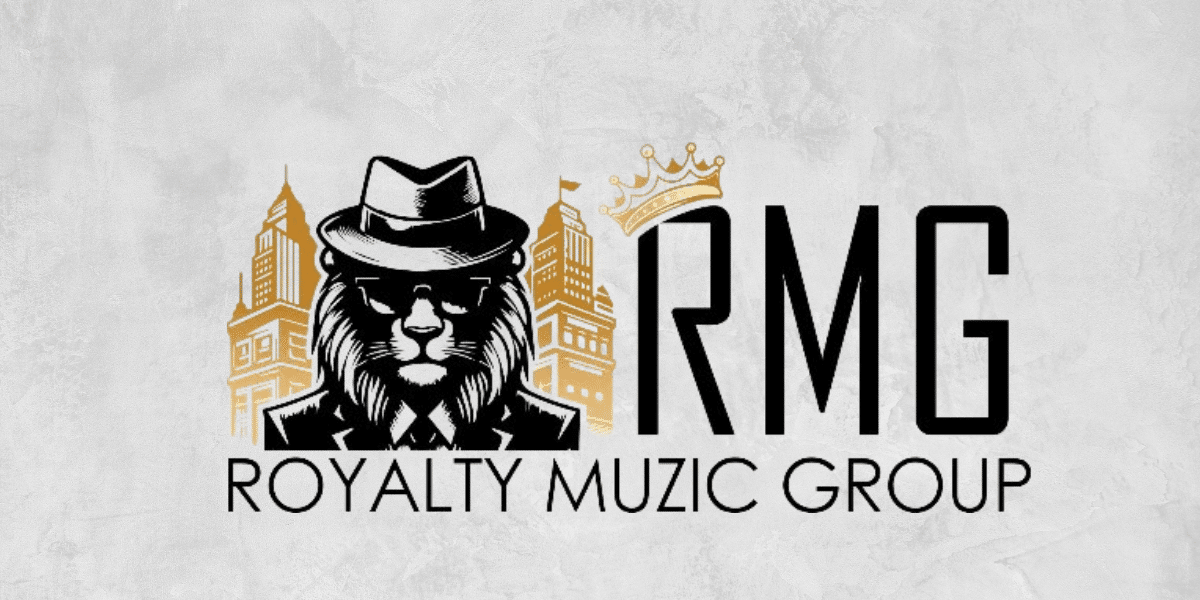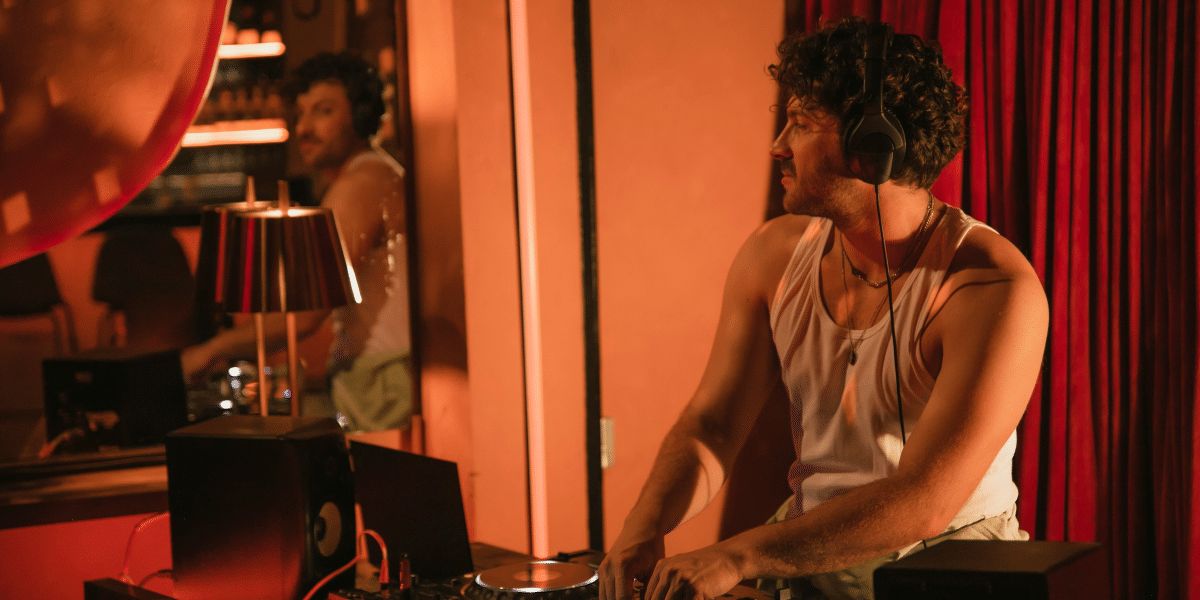Perfect Pitch: The Enigma of Musical Savvy
Imagine this: you hear a single note. Your goal is to identify it – was that a middle C? A sharp F? If you have perfect pitch, also known as absolute pitch, you can do this seemingly impossible task with ease, without any reference tones for comparison. Perfect pitch is a rare and fascinating ability that makes navigating the world of music seemingly effortless. Let’s dive into how this works, and whether this elusive skill is something you can learn or are simply born with.
Those with perfect pitch don’t just guess notes correctly – their brains process music fundamentally differently than those without this ability. Studies show they have increased brain activity in the auditory cortex, the region responsible for processing sound. They also seem to have stronger connections between this auditory region and the area of the brain that stores long-term memories related to pitch. In essence, they’ve formed a sort of musical dictionary in their brains.
Is It All in the Genes?
While perfect pitch might seem like a superpower, researchers believe there’s a strong genetic component. Studies suggest a higher percentage of people with perfect pitch have family members who also possess the ability. Exposure to music and musical training at a very young age seems to be crucial as well. Many with perfect pitch started learning an instrument before the age of seven, during a critical developmental period in the brain’s auditory pathways. This leads experts to believe it’s a mix of both environment and a genetic predisposition.
Just how rare is this coveted ability? Studies estimate that less than one in 10,000 people possess true perfect pitch. So, while you can definitely improve your relative pitch – the ability to recognize the relationship between notes – chances are good you won’t ever be able to pinpoint a C# without a reference tone, no matter how hard you practice.
At first glance, perfect pitch might sound like the ultimate gift for any musician. Imagine being able to transcribe music by ear instantly or sing any melody perfectly on key from the get-go! However, there are also downsides. Some with perfect pitch find it jarring when music is played out of tune, even slightly. Those playing historical instruments, which often use different tuning frequencies than modern ones, can find collaborations tricky.
Can You Learn Perfect Pitch?
Sadly for those of us who dream of magically acquiring this skill, the answer is mostly no…at least not if you’re past that critical early childhood window. Some adults claim success with certain training methods that focus on intense ear training and note memorization, but whether they’ve developed true perfect pitch or a highly refined form of relative pitch is up for debate.
“Trying to learn perfect pitch as an adult is like trying to teach yourself to be a professional gymnast after the age of twenty,” explains a music professor specializing in musical cognition. “You can certainly improve flexibility and skills, but certain doors have simply closed developmentally.”
Not having perfect pitch doesn’t mean you can’t be an incredible musician. The vast majority of world-renowned musicians thrive with highly developed relative pitch. This skill, which absolutely can be honed through training and practice, allows them to identify the relationships between notes. Whether you dream of writing symphonies or being a rock star, having great relative pitch is far more crucial for musical success than the rare and slightly mysterious perfect pitch.
While scientists have uncovered plenty about how those with perfect pitch process music, the mystery hasn’t been fully solved. Research is ongoing on the interplay between genes and early musical exposure. Yet it serves as a reminder of the amazing diversity of how our brains function and our unique skills.










